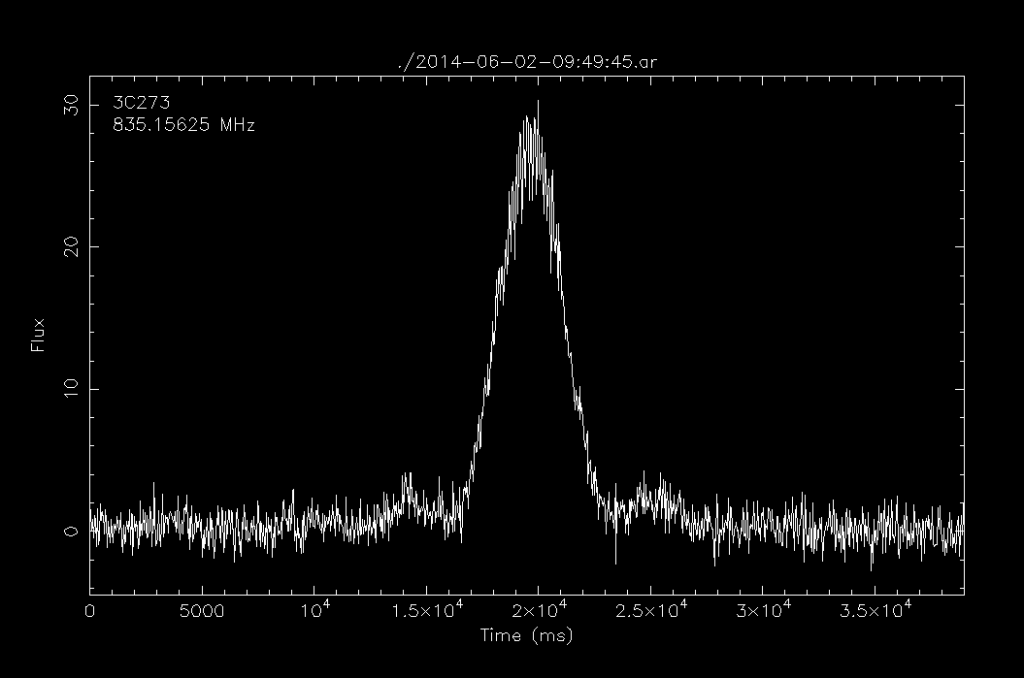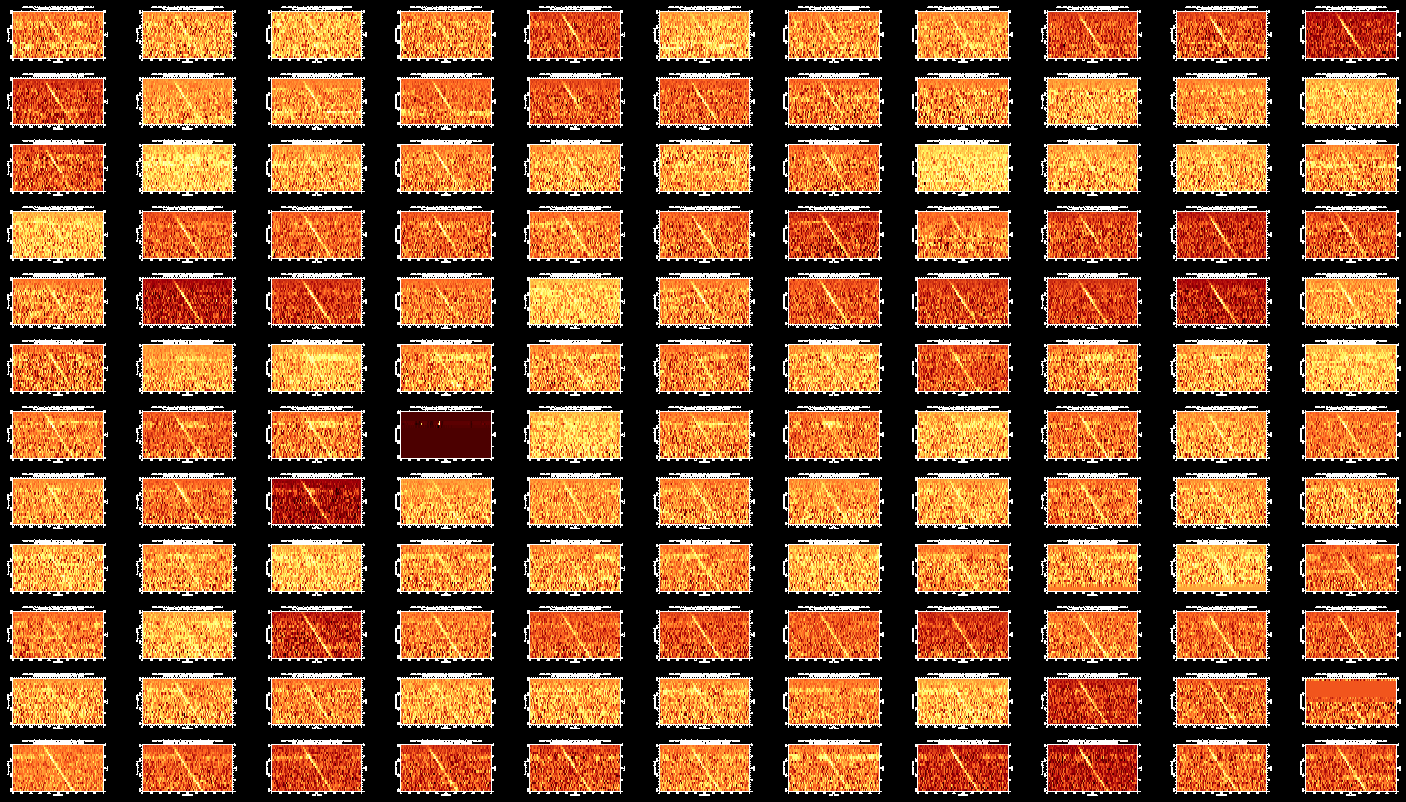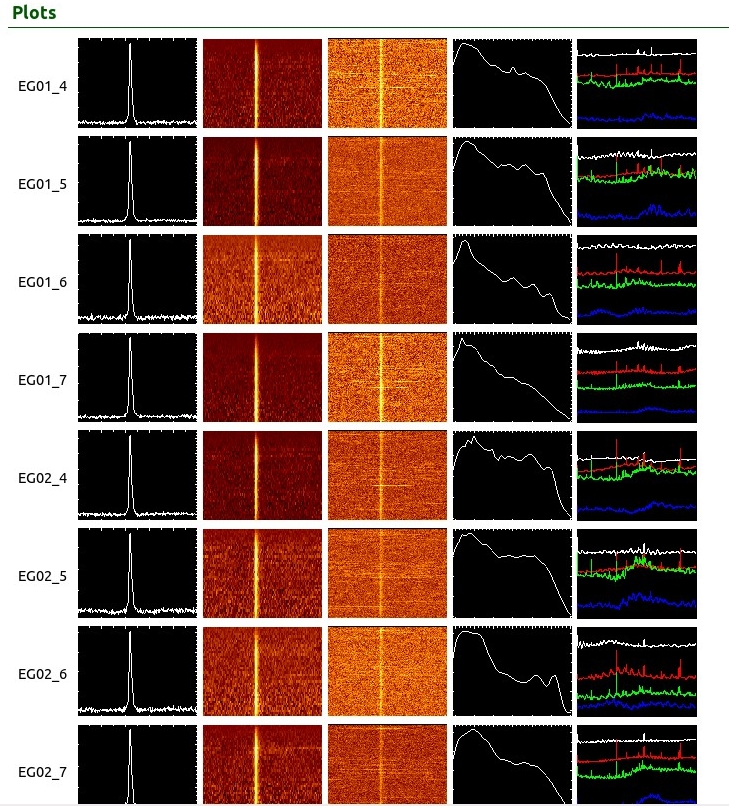All posts by cflynn
Searching for distant signals
Aug 2014
ScienceNews’s article on searching for FRBs with Parkes — and Molonglo.
Vivek V Krishnan joins the UTMOST project
 Utmost is very pleased to welcome new PhD student Vivek Venkatraman Krishnan to the project.
Utmost is very pleased to welcome new PhD student Vivek Venkatraman Krishnan to the project.
His PhD thesis focuses on developing new instrumentation techniques for time domain astronomy. He will be helping with several aspects of the refurbishment of UTMOST during the initial part of the PhD. Apart from UTMOST, he will also use the MEERKAT radio telescope and the CSIRO Parkes radio telescope for developing and testing his techniques. Once the techniques are developed, he will use them to do high precision pulsar timing and transient searches with the telescopes mentioned.
Vivek’s supervisors are Matthew Bailes and Willem van Straten (Swinburne) and Evan Keane (Manchester).
UTMOST correlator operates for the first time
Today we have operated UTMOST using the full power of the Molonglo array for the first time.
The figure above shows the bright quasar 3C273 passing through the “tied array beam” at Molonglo using the UTMOST correlator.
The tied array beam uses 88 of the telescope’s 352 antennae to produce a much narrower beam than the primary one — using a technique known as interferometry.
The beam is only a few seconds wide in time on the sky — seen clearly here as 3C273 transits through the tied beam on the meridian.
This is an important milestone on the way to producing many tied-array beams — or “fanbeams” on the sky within the primary beam of the telescope — all of which can be search for Fast Radio Bursts.
Well done to Andrew Jameson and the UTMOST team!
Vela seen on 132 modules at Molonglo
Vela is the brightest Southern hemisphere pulsar, and thus very important for testing the UTMOST upgrade at Molonglo.
The image shows Vela being detected on 132 of the 352 Molonglo modules — with the characteristic bright sweep seen in most of these modules being the “dispersion”, or delay in the pulse arrival time as a function of frequency, caused the pulse traversing hte ionised Interstellar Medium. Each postage stamp image shows Vela’s pulses as detected in each module as a function of frequency and time.
Vela, as seen on April 28th, 2014. The panels, left to right, are: the pulse profile versus phase, frequency versus phase, time versus phase, band profile (versus frequency) and power versus time.
Shivani Bhandari joins the UTMOST project
 UTMOST is very pleased to welcome new PhD student, Shivani Bhandari. Her science goals are related to synthesis imaging using Molonglo, and also include the localisation of new pulsars that are being discovered at Parkes, large-scale structure in red-shifted HI. She is part of the High Time Resolution Universe surveys (HITRUN) and Surveys for Pulsars and Extragalactic Radio Burst (SUPERB).
UTMOST is very pleased to welcome new PhD student, Shivani Bhandari. Her science goals are related to synthesis imaging using Molonglo, and also include the localisation of new pulsars that are being discovered at Parkes, large-scale structure in red-shifted HI. She is part of the High Time Resolution Universe surveys (HITRUN) and Surveys for Pulsars and Extragalactic Radio Burst (SUPERB).
Shivani’s PhD is being supervised by Matthew Bailes and Willem van Straten at Swinburne, and Evan Keane at Manchester.
Fabian Jankowski joins UTMOST
 UTMOST welcomes new PhD student Fabian Jankowski, who will work on pulsar timing.
UTMOST welcomes new PhD student Fabian Jankowski, who will work on pulsar timing.
Fabian comes to Swinburne University from DESY and Humboldt-University, Berlin, Germany, and his PhD supervisors will be Prof. Matthew Bailes and Dr. Willem van Straten. His interest is in pulsar science and radio transients, and will be closely involved in re-commissioning the Molonglo radio telescope.
Manisha Caleb joins UTMOST team
 UTMOST is very pleased to welcome new PhD student, Manisha Caleb, from the ANU, who will work on FRBs detection at Molonglo with UTMOST. She will also undertake single pulse polarisation studies of RRATs at Parkes, a method that may be directly applied to the FRBs to measure the intergalactic magnetic field for the very first time.
UTMOST is very pleased to welcome new PhD student, Manisha Caleb, from the ANU, who will work on FRBs detection at Molonglo with UTMOST. She will also undertake single pulse polarisation studies of RRATs at Parkes, a method that may be directly applied to the FRBs to measure the intergalactic magnetic field for the very first time.
Manisha comes to us after doing an MSc. in Spacecraft Technology and Satellite Communications at University College London.
Manisha’s PhD is being supervised by Matthew Bailes and Chris Flynn and Swinburne, and Frank Briggs and Brian Schmidt at the ANU.



